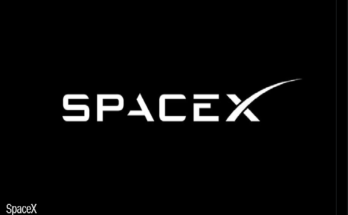Difference Between Bitcoin, Altcoins, and Meme Coins
The cryptocurrency market has evolved significantly since the launch of Bitcoin in 2009. Today, thousands of cryptocurrencies exist, categorized mainly into Bitcoin, Altcoins, and Meme Coins. Understanding the differences between these categories is crucial for investors and enthusiasts looking to navigate the digital asset space.
1. Bitcoin (BTC)
Bitcoin is the first and most well-known cryptocurrency, often referred to as digital gold. Created by an anonymous entity known as Satoshi Nakamoto, Bitcoin was designed as a decentralized, peer-to-peer currency that operates on blockchain technology.
Key Features of Bitcoin:
- Decentralization: Operates on a decentralized blockchain, free from government control.
- Store of Value: Often compared to gold due to its fixed supply of 21 million coins.
- Security: Uses Proof-of-Work (PoW) consensus for secure and tamper-proof transactions.
- Adoption: Widely accepted as a payment method and investment asset.
2. Altcoins
Altcoins (alternative coins) refer to all cryptocurrencies other than Bitcoin. These include Ethereum (ETH), Binance Coin (BNB), Cardano (ADA), and many others. Altcoins were created to improve Bitcoin’s limitations, offering enhanced functionalities such as smart contracts, faster transactions, and improved security.
Types of Altcoins:
- Smart Contract Platforms: Ethereum (ETH), Solana (SOL) – enable decentralized applications (dApps).
- Stablecoins: USDT, USDC – pegged to fiat currencies to reduce volatility.
- Utility Tokens: BNB, Chainlink (LINK) – used within specific ecosystems.
- Privacy Coins: Monero (XMR), Zcash (ZEC) – focus on anonymous transactions.
Key Features of Altcoins:
- Innovation: Offer new technologies such as smart contracts and DeFi applications.
- Diverse Use Cases: Used for gaming, finance, NFTs, and more.
- Higher Volatility: More price fluctuations than Bitcoin.
3. Meme Coins
Meme coins are a category of cryptocurrencies inspired by internet memes, trends, and online communities. The most famous examples include Dogecoin (DOGE) and Shiba Inu (SHIB). These coins often start as jokes but can gain significant traction through community support and celebrity endorsements.
Key Features of Meme Coins:
- Community-Driven: Heavily influenced by online communities and social media.
- High Volatility: Prone to extreme price swings due to hype.
- No Fixed Utility: Most lack strong use cases but are used for tipping, donations, or speculative trading.
- Large Supply: Many meme coins have huge or unlimited supplies, leading to low per-unit prices.
Comparison Table: Bitcoin vs. Altcoins vs. Meme Coins
| Feature | Bitcoin (BTC) | Altcoins (ETH, BNB, ADA) | Meme Coins (DOGE, SHIB) |
|---|---|---|---|
| Purpose | Digital Gold | Various Use Cases | Community & Fun |
| Technology | Proof-of-Work (PoW) | Smart Contracts, DeFi | Basic Blockchain |
| Volatility | Moderate | High | Extreme |
| Adoption | High | Growing | Speculative |
| Security | Very Secure | Varies by coin | Generally Low |
| Supply Limit | 21 Million | Varies | Often Unlimited |
Conclusion
Bitcoin remains the dominant cryptocurrency, primarily used as a store of value and medium of exchange. Altcoins expand the blockchain ecosystem with innovative features, while meme coins thrive on social trends and speculation. Understanding these differences helps investors make informed decisions when entering the crypto market.

